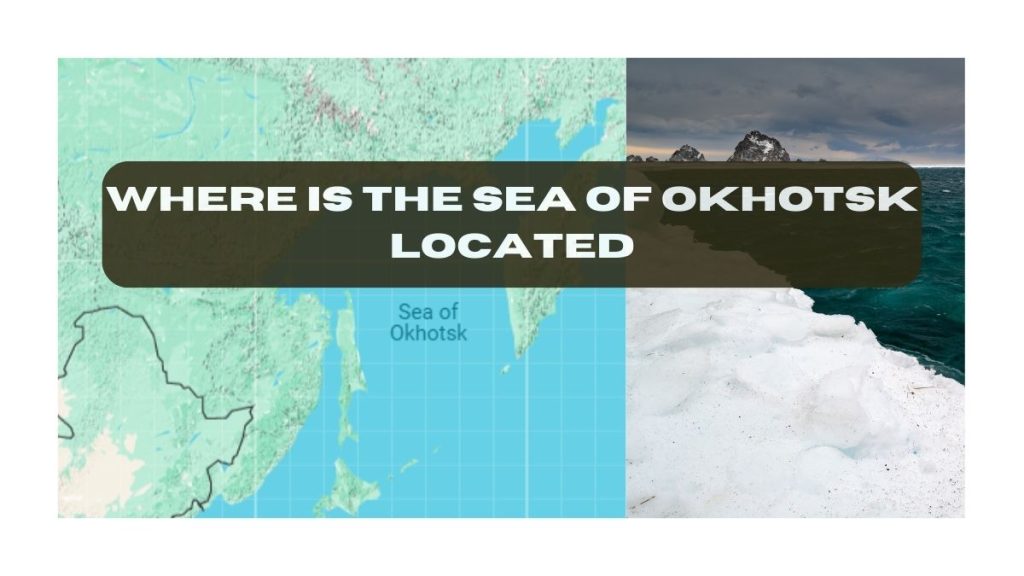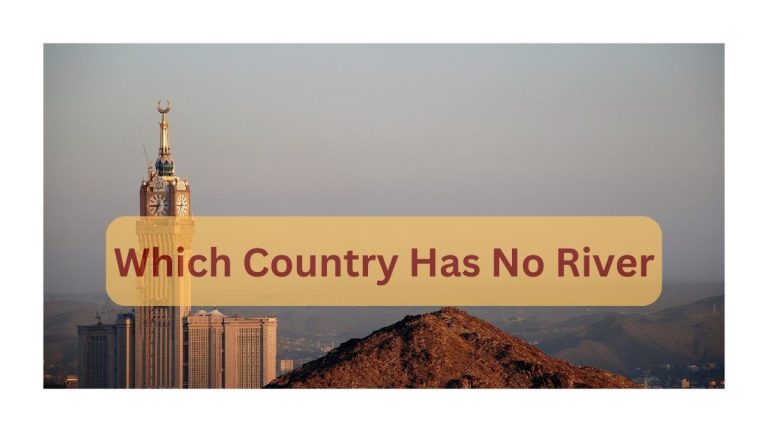The Sea of Okhotsk (Click here to see map) is a vast, semi-enclosed marginal sea in the Northwest Pacific Ocean, serving as a critical maritime zone between Russia’s Far East and Japan’s northern territories. Bordered by Russia’s Siberian coast to the west, the Kamchatka Peninsula to the east, Japan’s Hokkaido Island to the south, and the Kuril Islands archipelago to the southeast, this body of water spans approximately 1.6 million square kilometers—making it larger than the Caspian Sea but smaller than the Bering Sea.
Its strategic location connects it to the Sea of Japan via the Tartary Strait and to the Pacific Ocean through the Kuril Straits, creating a unique marine ecosystem influenced by both Arctic and Pacific conditions.

Questions answered in this guide:
Is the Sea of Okhotsk part of Russia or Japan? (While Russia controls most of the sea, Japan borders it via Hokkaido and disputes ownership of the southern Kuril Islands.)
What countries and major landmasses surround it? (Russia’s Siberian mainland, Sakhalin Island, Kamchatka, and Japan’s Hokkaido.)
Why is it called the “Sea of Okhotsk”? (The name originates from the Russian port town of Okhotsk, established in 1647 as one of the first Russian settlements in the Far East.)
This comprehensive guide explores the sea’s exact coordinates, geopolitical significance, climate extremes, marine biodiversity, and economic importance—providing both detailed insights for researchers and easy-to-digest facts for casual readers.
Location & Geographical Boundaries
Coordinates & Size
- Latitude: 45°N to 62°N
- Longitude: 135°E to 165°E
- Surface Area: 1,583,000 km² (larger than Peru or Mongolia)
- Average Depth: 859 meters (max depth: 3,372 meters in the Kuril Basin)
Surrounding Landmasses & Key Features
West: Russian mainland (Siberia), including the Sakhalin Island—a narrow, 1,000 km-long island separating the Sea of Okhotsk from the Sea of Japan.
North: Magadan Oblast and Khabarovsk Krai, known for their gold mines and sparse population.
East: Kamchatka Peninsula, a volcanic region with over 160 volcanoes, including the active Klyuchevskaya Sopka.
South: Hokkaido (Japan’s northernmost island) and the Kuril Islands chain, a disputed archipelago stretching 1,300 km between Hokkaido and Kamchatka.
Strategic Water Passages:
- Tartary Strait (Strait of Tartary): Connects to the Sea of Japan (narrowest point: 7.3 km at Nevelskoy Strait).
- Kuril Straits: Over 20 channels linking to the Pacific Ocean, some as deep as 2,000 meters.
Did You Know? The Sea of Okhotsk is one of the few seas in the world almost entirely enclosed by one country (Russia), except for Japan’s Hokkaido and the disputed Kurils.
Is the Sea of Okhotsk in Russia or Japan?
Russia’s Dominance
- 90% of the sea is under Russian control, recognized by the UN Commission on the Limits of the Continental Shelf (2014).
- Key Russian ports:
- Magadan (major fishing & logistics hub)
- Korsakov (Sakhalin Island, LNG exports)
- Okhotsk (historic port, now a small fishing town)
Japan’s Claims & the Kuril Islands Dispute
- Japan claims the Southern Kurils (Iturup, Kunashir, Shikotan, Habomai), calling them the “Northern Territories”.
- Why the dispute matters:
- Rich fishing grounds (Japan lost access to key crab/salmon areas after WWII).
- Potential oil/gas reserves in the surrounding seabed.
- Military significance (control over Pacific access).
Historical Context:
- 1855 Treaty of Shimoda: First recognized Japanese-Russian border.
- 1945 Soviet Occupation: USSR took the Kurils after WWII; Japan still disputes this.
- 2022 Tensions: Russia halted peace talks after Japan supported Ukraine sanctions.
Why Is the Sea of Okhotsk Important? (Economy, Ecology, Military)
A. Economic Value
- Fisheries: Produces 40% of Russia’s seafood, including:
- Alaska pollock (largest global supply)
- King crab & salmon (exported to US/Japan)
- Oil & Gas:
- Sakhalin-1 & Sakhalin-2 projects (ExxonMobil, Gazprom) extract offshore reserves.
- Estimated 3.5 billion barrels of oil untapped in northern Okhotsk.
B. Ecological Significance
- Biodiversity Hotspot:
- Western gray whales (critically endangered, only 200 left).
- Steller’s sea lions & spotted seals.
- One of the world’s largest seabird colonies (Kuril Islands).
- Climate Impact:
- Sea ice formation affects Pacific Ocean currents.
- Melting ice opens new shipping routes (e.g., Northern Sea Route).
C. Military & Geopolitics
- Russian Pacific Fleet operates in Avacha Bay (Kamchatka).
- US-China-Russia tensions over Arctic & Pacific access.
- Sanctions Impact – Japan’s fishing industry suffers from restricted access.
Climate & Extreme Conditions
Winter (Nov-April):
- -20°C to -30°C air temps; sea ice up to 1.5m thick.
- Frequent blizzards & whiteout conditions.
Summer (June-Sept):
- 5°C to 15°C—cool even in summer due to Oyashio Current (Arctic waters).
- Dense fog (100+ foggy days per year).
Why So Harsh?
- Siberian High pressure drives frigid winds.
- Shallow northern shelf (under 200m) freezes faster than deep Kuril Basin.





























